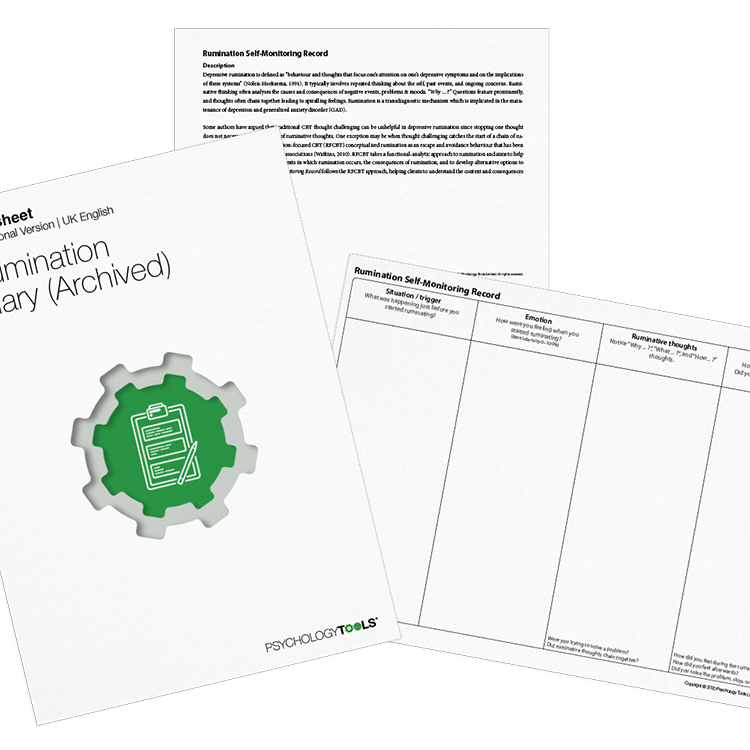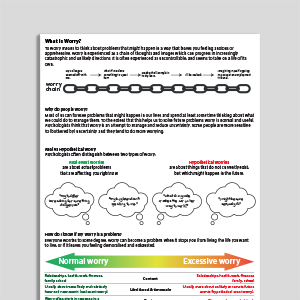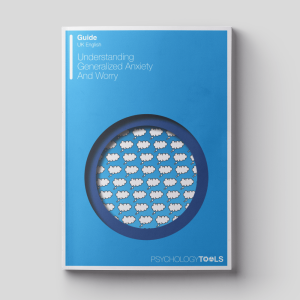Full resource pack (PDF)
Everything you could need: a PDF of the resource, therapist instructions, and description with theoretical context and references. Where appropriate, case examples and annotations are also included.
Worksheet only (PDF)
A copy of the worksheet in PDF format.






